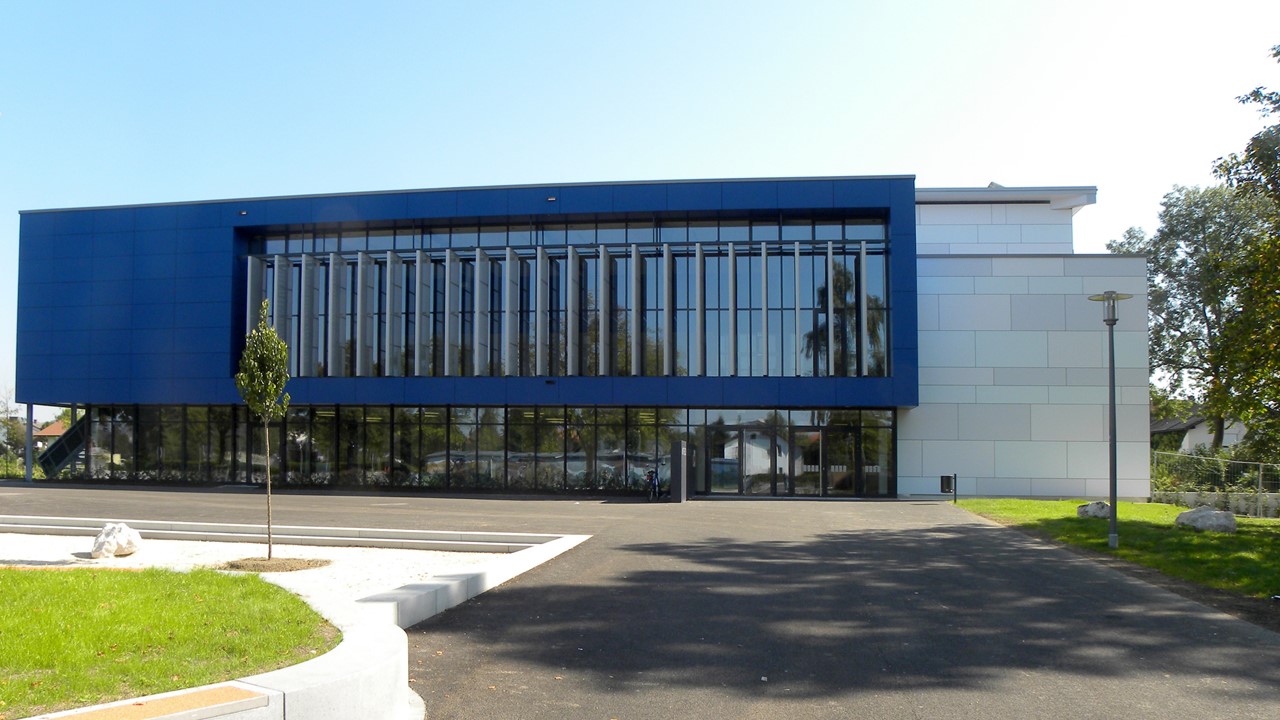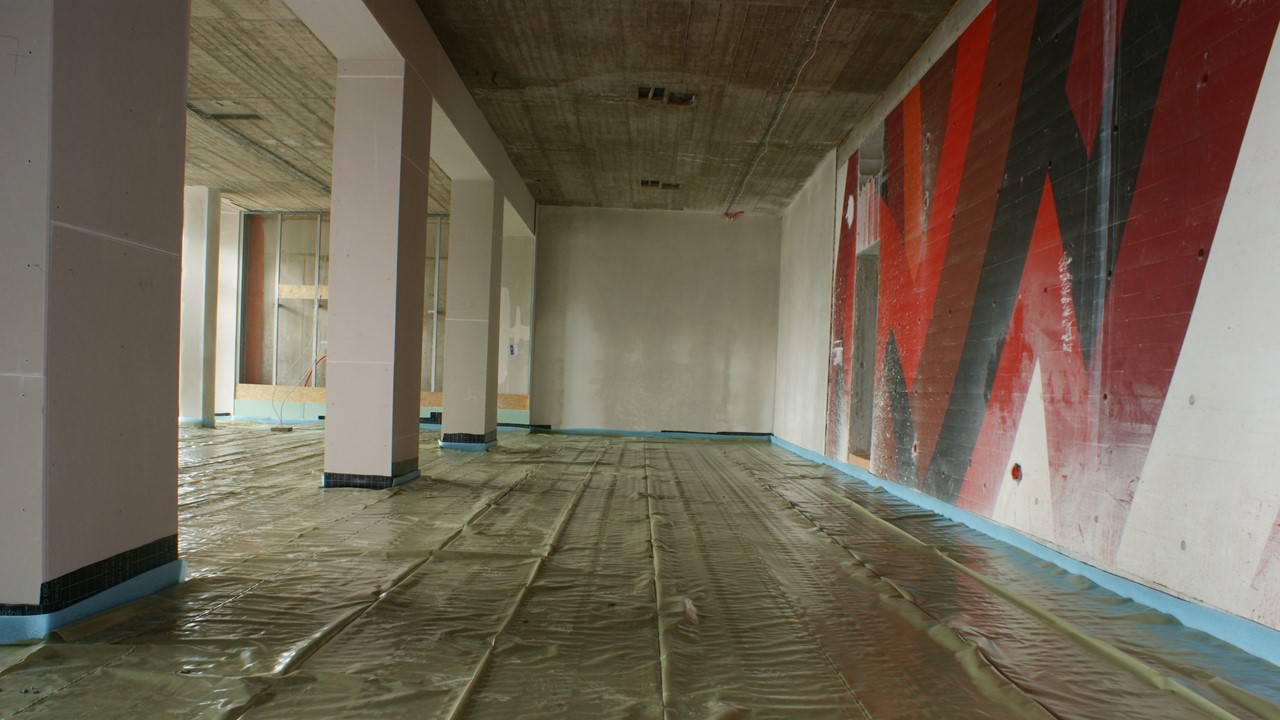VIP technology helps turn ‘70s secondary school into state of the art passive house

The Problem
The secondary school of Freilassing in Bavaria, which was built in 1972, went through a major renovation in 2011. The team of architects set a very ambitious target: to carry out the first ever renovation of a school in Germany based on passive house requirements within a reasonable budget. The reinforced concrete construction of 1972 of the school was covered with a building shell following passive house standards. For the floor insulation, after examination, architects decided to use Vacuum Insulation Panels (VIPs) to save as much space as possible.

The Solution
To achieve the required high thermal insulation rates without compromising on the room height, architects relied on the extremely thin and high performing Vacuum Insulation Panels. “To this end, VIPs were the smartest solution, to fulfill the requirements of thermal insulation without losing the height of the rooms!” stated the architect and his team. The laying of the panels was a critical part of the operation. A data processing planning tool was used to draw a plan of all the rooms, which provided precise information on the exact quantities and sizes needed for the panels of each room. The laying team showed its years of experience of handling with VIPs and guaranteed a professional and smooth operation during the fitting of the panels.

The Result
“Having high quality panels, a smooth operation, customized panels to the building’s surface, a packaging according to the requirements at the building site and an easy and flexible cooperation between all parties were great aspects of this project!”, the head of the installation team said. Not even one single panel got damaged during the installation process. The initial high cost of the panels was quickly compensated by other expenses that were avoided like, for instance, putting new stairs up and deinstalling and re-installing the fireproof doors. Also the barrier free solution of the emergency exits was done without making any compromises to the overall thermal insulation performance.
Case Study provided by Porextherm
Download the document
pdf – 561 KB

